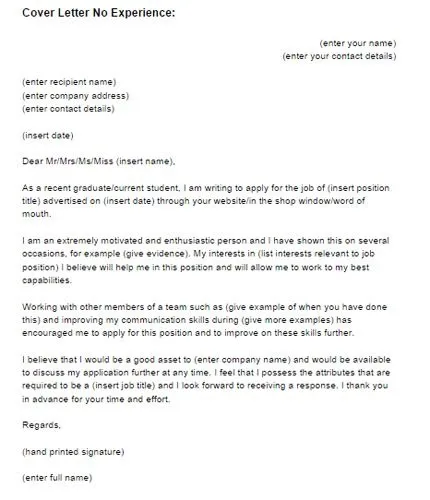Understanding the Importance of a Cover Letter
In the competitive job market, a well-crafted cover letter can be your golden ticket to an interview, especially when you have little to no professional experience. While your resume provides a factual overview of your qualifications, the cover letter allows you to showcase your personality, enthusiasm, and potential. It’s your opportunity to connect with the hiring manager on a personal level and demonstrate why you’re a good fit for the role and the company. A cover letter is more than just a formality; it’s a strategic tool for making a memorable first impression. Neglecting this crucial step could mean missing out on opportunities, so it’s essential to invest time in crafting a compelling cover letter that highlights your strengths, even in the absence of extensive work history.
Why a Cover Letter Matters for All Experience Levels
Even if you’re just starting out, a cover letter is your chance to bridge the gap between your limited experience and the requirements of the job. It allows you to address any concerns a hiring manager might have about your lack of experience, providing context for your skills and accomplishments. For those with experience, it’s a way to highlight specific achievements and tailor your application to the specific job. For those just starting out, it’s your chance to emphasize your potential, transferable skills, and eagerness to learn. Without a cover letter, your application might seem generic and impersonal. A well-written cover letter shows that you’ve taken the time to understand the role and the company, and that you’re serious about the opportunity. A cover letter, in essence, allows you to control the narrative surrounding your application and present yourself in the best possible light.
Highlighting Your Value Even Without Experience
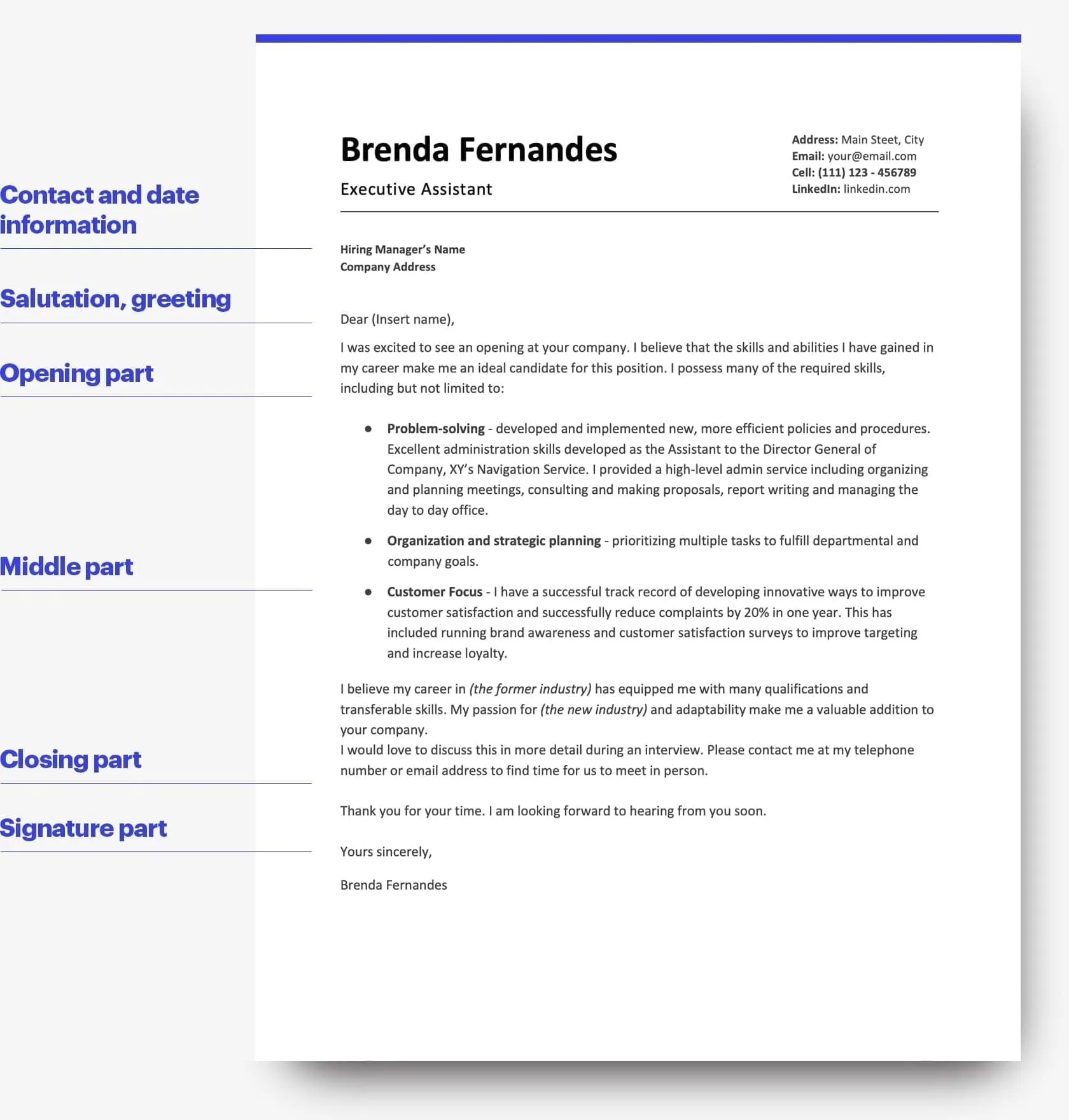
The key to writing a successful cover letter with little experience is to focus on what you do bring to the table. This means shifting the focus away from your lack of professional work history and towards your transferable skills, academic achievements, and personal qualities. Consider what you’ve gained through volunteer work, extracurricular activities, or personal projects. These experiences can provide valuable insights into your abilities and demonstrate your work ethic, problem-solving skills, and ability to collaborate. Be sure to articulate how these skills align with the job requirements. Think about how these experiences have shaped you and prepared you for a professional environment. A proactive approach, emphasizing your potential and willingness to learn, can significantly enhance your application and make you stand out from other candidates. Remember, it’s about demonstrating your value, not just listing your past experiences.
Tailoring Your Cover Letter to the Job
Generic cover letters are easily spotted and often discarded. To maximize your chances of success, you must customize each cover letter to the specific job and company. Start by carefully reviewing the job description. Identify the key skills, qualifications, and requirements the employer is seeking. Then, think about how your skills and experiences align with these needs. Use the same keywords and phrases from the job description in your cover letter to demonstrate that you’re a good fit. This demonstrates you’ve taken the time to understand what the employer is looking for and that you are a proactive candidate. Don’t be afraid to rewrite your cover letter for each job you apply for. Taking the time to tailor your cover letter to the job is a critical step in showcasing your genuine interest and demonstrating that you have the necessary skills to succeed.
Researching the Company and the Role
Before you even start writing, research the company and the role thoroughly. Visit the company’s website to learn about its mission, values, and culture. Understand what the company does, who its customers are, and what its recent achievements are. This information will help you tailor your cover letter to the company’s specific needs and demonstrate your interest. Find out as much as possible about the role itself. What are the day-to-day responsibilities? What are the required skills? The more you know, the better you can highlight your relevant skills and experiences. Your cover letter should show that you’ve done your homework and are truly interested in the opportunity. This level of research is a key aspect of standing out from a large pool of candidates and presenting yourself as a knowledgeable and committed applicant. Moreover, researching the role will ensure that your application truly speaks to what the hiring manager needs.
How to Structure Your Cover Letter for Impact

A well-structured cover letter makes a strong first impression. It should typically follow a standard format, including an introduction, body paragraphs, and a conclusion. The opening paragraph should immediately grab the reader’s attention and state the position you’re applying for. The body paragraphs should highlight your relevant skills, experiences, and accomplishments, using specific examples to support your claims. In these paragraphs, clearly and concisely state your value proposition. The conclusion should reiterate your interest in the role and the company, and include a call to action, such as requesting an interview. Keep your cover letter concise and easy to read. Aim for a length of one page, ensuring each section serves a purpose. Use a professional and clear font, with appropriate margins and spacing. The overall structure should guide the reader through your qualifications and leave a lasting, positive impression.
Creating a Strong Opening Statement
Your opening statement is your first and often only chance to grab the hiring manager’s attention. It should be clear, concise, and engaging. Start by stating the position you are applying for and where you found the job posting. Immediately express your enthusiasm for the opportunity and the company. You can also briefly mention a key skill or accomplishment that makes you a strong candidate. Avoid generic opening lines such as “I am writing to apply for the position of…” Instead, aim for a more compelling opening that immediately demonstrates your interest. Make sure your opening is tailored to the specific job and company. A well-crafted opening can set the tone for the entire cover letter and entice the reader to continue. A strong opening will make a great first impression.
Showcasing Transferable Skills
Transferable skills are those skills that can be applied to various jobs and industries. Even without direct experience, you likely possess a wealth of transferable skills, such as communication, problem-solving, teamwork, time management, and leadership. Think about your experiences in school, volunteer work, extracurricular activities, or personal projects. What skills did you use in these situations? How did you demonstrate those skills? Identify which skills are most relevant to the job you are applying for. Provide specific examples of how you’ve used these skills to achieve results. For instance, if the job requires strong communication skills, describe a time you effectively communicated a complex idea to a group. Highlighting these skills and providing concrete examples will prove your potential to be a great employee, regardless of your lack of professional experience. Be sure to align your skills with the needs of the specific job to show that you’re a good fit.
Identifying and Describing Your Skills
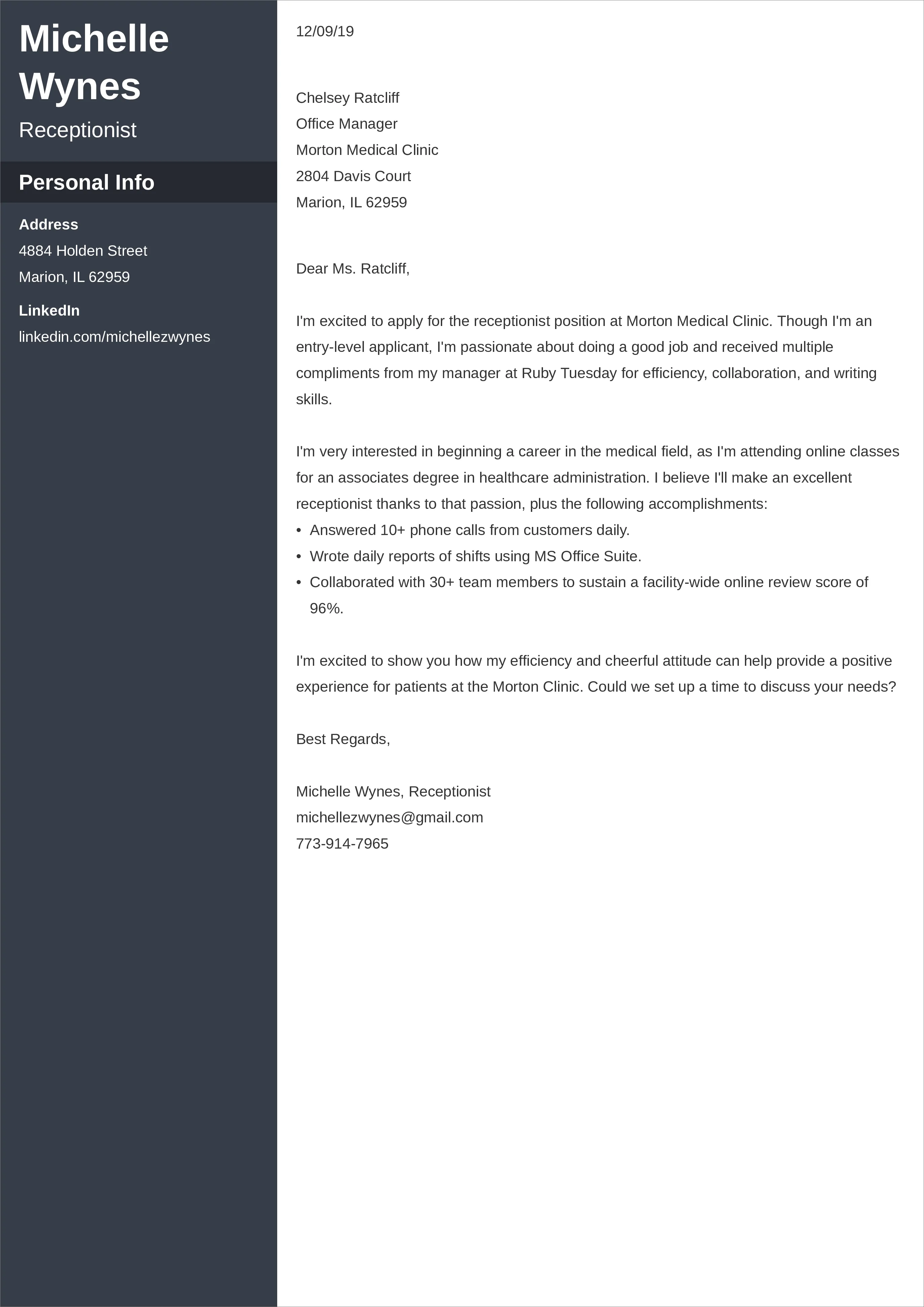
Identify your key skills related to the job. Consider both hard skills (technical skills) and soft skills (interpersonal skills). Make a list of all your skills, no matter how small, and focus on those listed in the job description. For each skill, provide a brief but clear description. Explain how you acquired the skill and how you’ve used it. Use action verbs to describe your skills and accomplishments. Examples of action verbs include managed, developed, created, organized, and collaborated. By describing your skills clearly and concisely, you demonstrate your abilities to the hiring manager and also make it easier for them to see that you are a great match for the role. Always ensure that your descriptions highlight the value you can bring to the company.
Providing Specific Examples
Instead of simply listing your skills, provide specific examples of how you’ve used them. This is where you bring your cover letter to life and show the hiring manager what you’re capable of. Use the STAR method (Situation, Task, Action, Result) to structure your examples. Describe the situation you were in, the task you had to complete, the actions you took, and the results you achieved. For example, if you’re highlighting your teamwork skills, you could describe a group project you worked on in school, explaining your role in the project, the challenges you faced, and the positive outcomes you achieved. The more concrete and detailed your examples, the more convincing your cover letter will be. Specific examples are essential for showing, not just telling, the hiring manager what you can do. Providing tangible examples will make your cover letter much more memorable.
Quantifying Your Achievements (Even Without Direct Experience)
Even without direct work experience, you can often quantify your achievements. Think about any results you’ve achieved in your academic career, volunteer work, or extracurricular activities. Use numbers to illustrate your accomplishments. For example, if you improved your grades in a particular subject, mention the percentage increase. If you organized a fundraising event, state the amount of money you raised. If you volunteered your time, mention the number of hours you dedicated. Quantifying your achievements adds credibility to your cover letter and provides concrete evidence of your abilities. When quantifying your achievements, be accurate and honest. Numbers make your claims more convincing and make your application stand out. Even small achievements can be impactful when quantified. These quantifications will create a more compelling narrative, adding to the strength of your application.
Demonstrating Your Enthusiasm and Interest
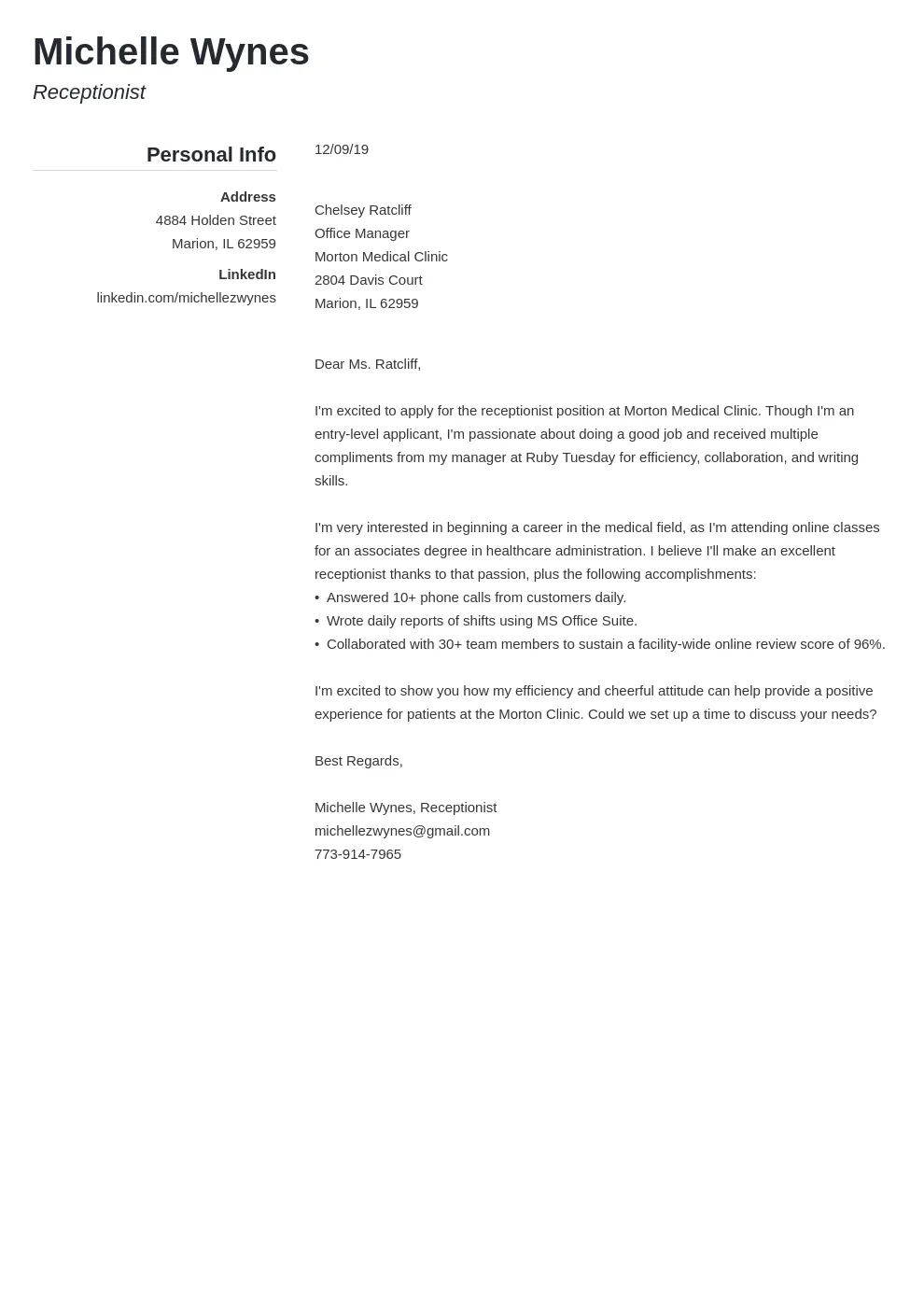
Hiring managers want to hire people who are genuinely interested in the role and the company. Throughout your cover letter, demonstrate your enthusiasm by expressing your passion for the field, the company, and the specific job. Talk about what excites you about the opportunity and why you’re a good fit. Be specific about what attracts you to the company’s mission, values, or culture. Show that you’ve researched the company and understand its goals. Tailor your letter, showing your personality and why you are the right fit. Avoid generic statements and use a positive and confident tone. Demonstrating your enthusiasm will make your cover letter more engaging and leave a lasting impression. Your passion can set you apart from other candidates, especially if you have limited experience. Your enthusiasm is infectious and memorable.
Crafting a Compelling Closing Statement
Your closing statement should leave a strong final impression. Reiterate your interest in the role and the company. Briefly summarize your key skills and qualifications, reinforcing why you’re a good fit. Express your confidence in your ability to contribute to the company’s success. Avoid generic phrases and aim for a more personalized and enthusiastic tone. Thank the hiring manager for their time and consideration. A compelling closing statement should clearly communicate your enthusiasm and reiterate your interest. Your closing should mirror your opening in terms of tone and impact. Ensure that your closing is tailored to the specific job and company. Make a final positive statement, so the hiring manager remembers you. You want them to see you are the perfect fit.
Including a Call to Action
A call to action is a direct instruction to the hiring manager, encouraging them to take the next step. The most common call to action is to request an interview. State that you are eager to discuss your qualifications further and are available for an interview at their earliest convenience. You can also mention your contact information again, making it easy for the hiring manager to reach you. Make it easy for them to respond by giving them a direct reason to contact you. A clear and concise call to action will make your cover letter more effective and increase your chances of moving forward in the hiring process. This is your opportunity to reiterate your interest in the role, so use it to make an impact.
Proofreading and Editing Your Cover Letter
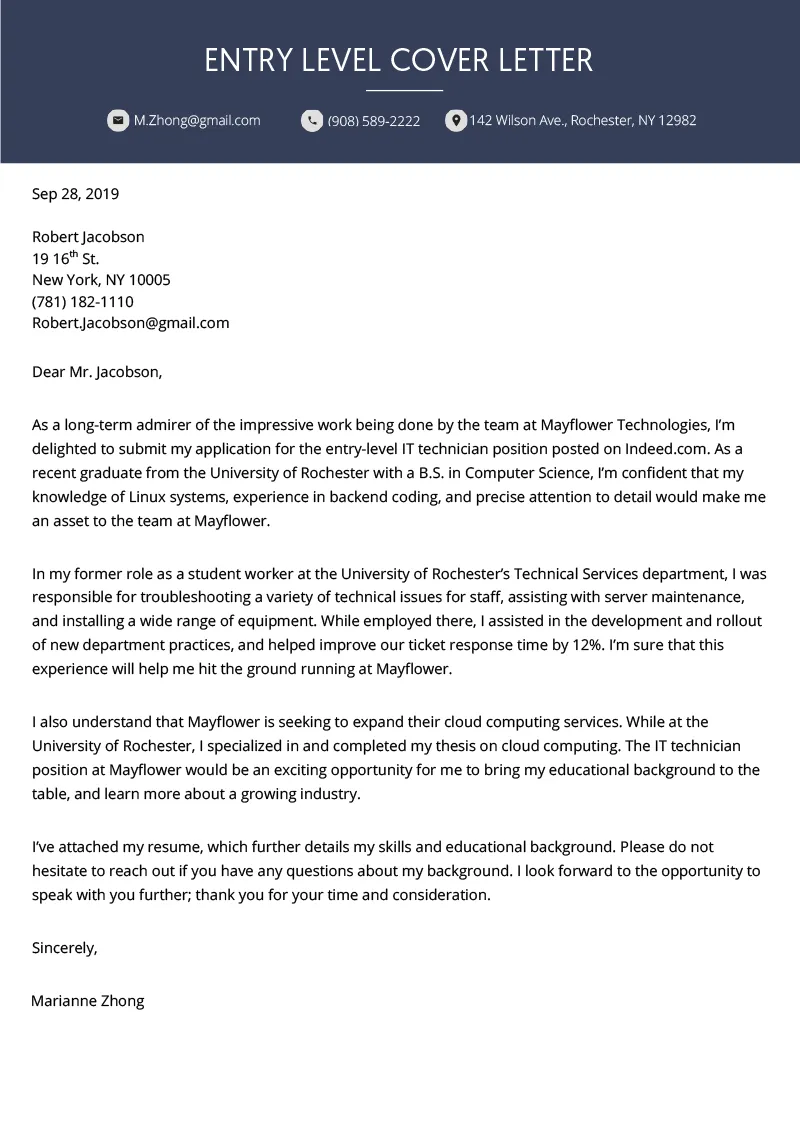
Proofreading and editing are crucial steps in the cover letter writing process. Before submitting your cover letter, carefully review it for any errors in grammar, spelling, punctuation, and formatting. Errors can detract from your credibility and undermine your chances of getting hired. Read your cover letter aloud to catch any awkward phrasing or unclear sentences. Have a friend or family member review your cover letter for you, as a fresh pair of eyes can often spot mistakes you may have missed. Be sure to check for consistent formatting throughout the document. Proper proofreading is a clear indicator of your attention to detail and professionalism. Ensure your writing is polished and error-free, conveying your competence and giving the hiring manager confidence in you.
Checking for Errors and Typos
Errors and typos can ruin your chances of getting hired. Before submitting your cover letter, carefully check for any mistakes. Proofread the document multiple times. Check every word, sentence, and paragraph to ensure accuracy. Pay close attention to the spelling of the company’s name and the hiring manager’s name. Use a spell checker, but don’t rely on it completely, as it may not catch all errors. Check for inconsistencies in formatting. Take the time to carefully review your cover letter, as this will show that you care about your application. Proofreading is a basic but crucial step in the job application process. Make sure everything is correct to show that you are serious and professional. It shows the hiring manager that you’re committed to excellence.
Formatting for Readability
A well-formatted cover letter is easier to read and makes a better impression. Choose a professional font, such as Times New Roman, Arial, or Calibri, and stick to a font size between 10 and 12 points. Use a standard font to improve readability. Use consistent spacing between lines and paragraphs. Avoid using complex or unusual formatting. Use clear and concise language. Break up long paragraphs into shorter ones. Use bullet points to highlight key information. The goal is to make the cover letter visually appealing and easy to digest. By paying attention to formatting, you can make your cover letter more user-friendly and ensure that your message is effectively communicated. Your formatting should be a reflection of you, clear and concise.
Additional Tips for Cover Letter Success
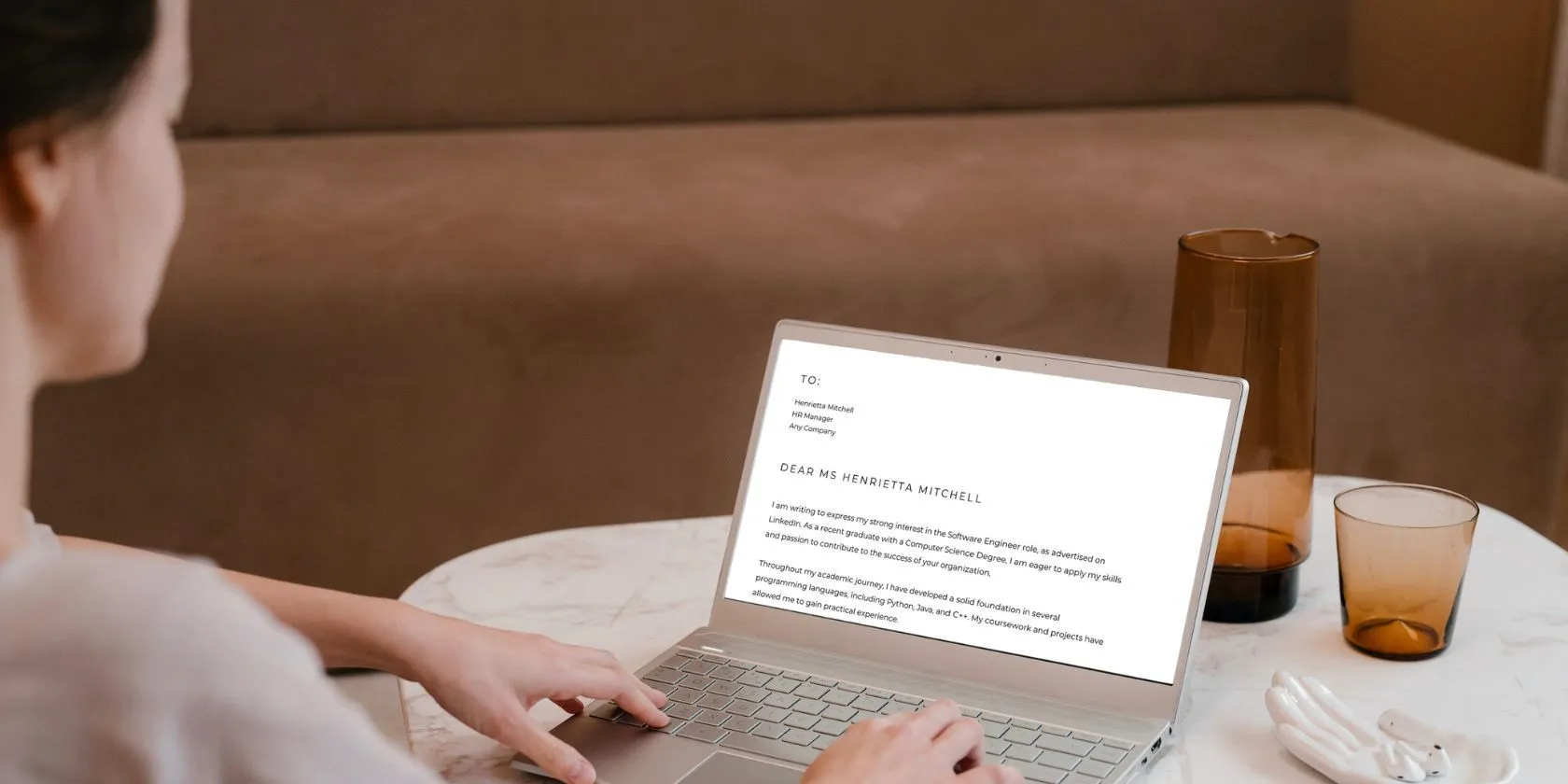
Beyond the essential elements, consider these additional tips to boost your cover letter’s impact. Customize your cover letter for each job application. Don’t be afraid to highlight skills acquired in unconventional ways. Consider showcasing projects or volunteer experience that demonstrate your abilities. Consider your online presence and clean up your social media, if applicable. Proofread carefully. Seek feedback from career counselors or mentors. Send a thank-you note after the interview, reiterating your interest in the role. Be yourself and let your personality shine through. The more effort you put into your cover letter, the better your chances are of landing an interview. Your cover letter is your opportunity to make a memorable first impression and demonstrate why you’re a good fit for the job, so use these tips to create a stellar cover letter and show the hiring manager your potential.
